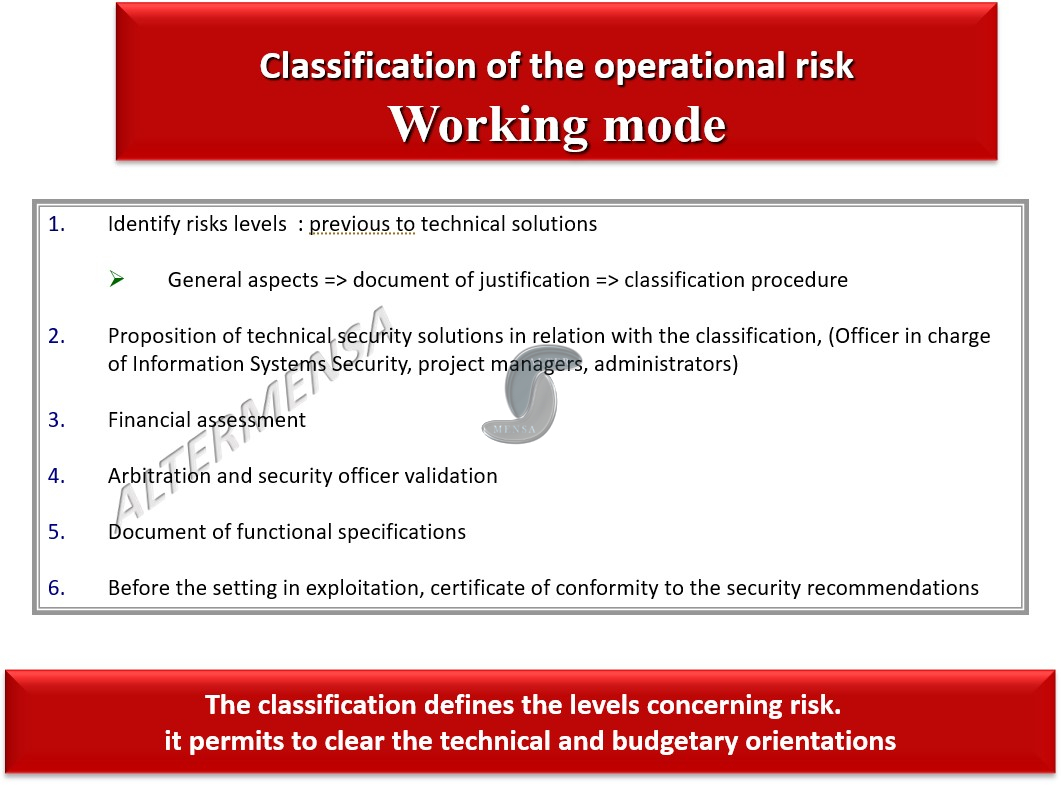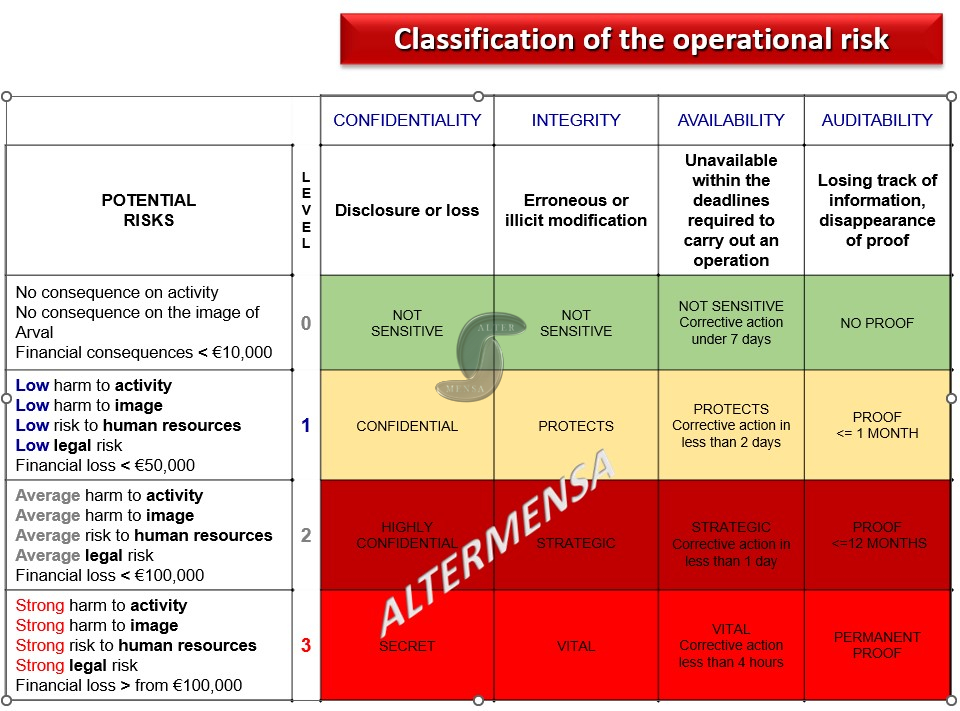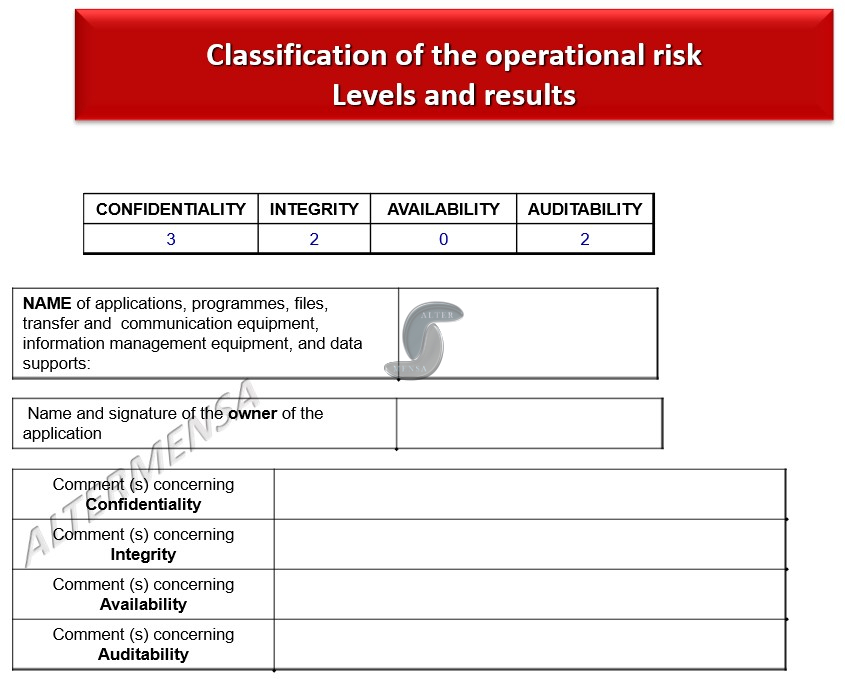



What is ISO 27001 Information Classification?
Information classification is a process in which organisations assess the data that they hold and the level of protection it should be given. Organisations usually classify information in terms of confidentiality – i.e. who is granted access to view it. A typical system contains four levels of confidentiality:
As you might expect, larger and more complex organisations will need more levels, with each one accounting for specific groups of employees who need access to certain information. The levels shouldn’t be based on employees’ seniority but on the information that’s necessary to perform certain job functions.Take the healthcare sector for example. Doctors and nurses need access to patients’ personal data, including their medical histories, which is highly sensitive. However, they shouldn’t have access to other types of sensitive information, such as financial records. In these cases, a separate classification should be created to distinguish between sensitive medical information and sensitive administrative information.
Where does ISO 27001 fit in?
Organisations that are serious about data protection should follow ISO 27001. The Standard describes best practices for creating and maintaining an ISMS (information security management system), and the classification of information plays a crucial role. Control objective A.8.2 is titled ‘Information Classification’, and instructs that organisations “ensure that information receives an appropriate level of protection”. ISO 27001 doesn’t explain how you should do that, but the process is straightforward. You just need to follow four simple steps.
1) Enter your assets into an inventory
The first step is to collate all your information into an inventory (or asset register). You should also note who is responsible for it (who owns it) and what format it’s in (electronic documents, databases, paper documents, storage media, etc.).
2) Classification
Next, you need to classify the information. Asset owners are responsible for this, but it’s a good idea for senior management to provide guidelines based on the results of the organisation’s ISO 27001 risk assessment.
Information that would be affected by more significant risks should usually be given a higher level of confidentiality. But be careful, because this isn’t always the case. There will be instances where sensitive information must be made available to a broader set of employees for them to do their job. The information may well pose a threat if it’s confidentiality is compromised, but the organisation must make it widely available in order to function.
3) Labelling
Once you’ve classified your information, the asset owner must create a system for labelling it. You’ll need different processes for information that’s stored digitally and physically, but it should be consistent and clear.For example, you might decide that paper documents will be labelled on the cover page, the top-right corner of each subsequent page and the folder containing the document. For digital files, you might list the classification in a column on your databases, on the front page of the document and the header of each subsequent page.
4) Handling
Finally, you must establish rules for how to protect each information asset based on its classification and format. For example, you might say that internal paper documents can be kept in an unlocked cabinet that all employees can access. By contrast, restricted information should be placed in a locked cabinet, and confidential information stored in a secure location. Additional rules should be established for data in transit – whether it’s being posted, emailed or employees carry it with them.
Please note new versions of ISO 27001 and ISO 27002 have now been published.